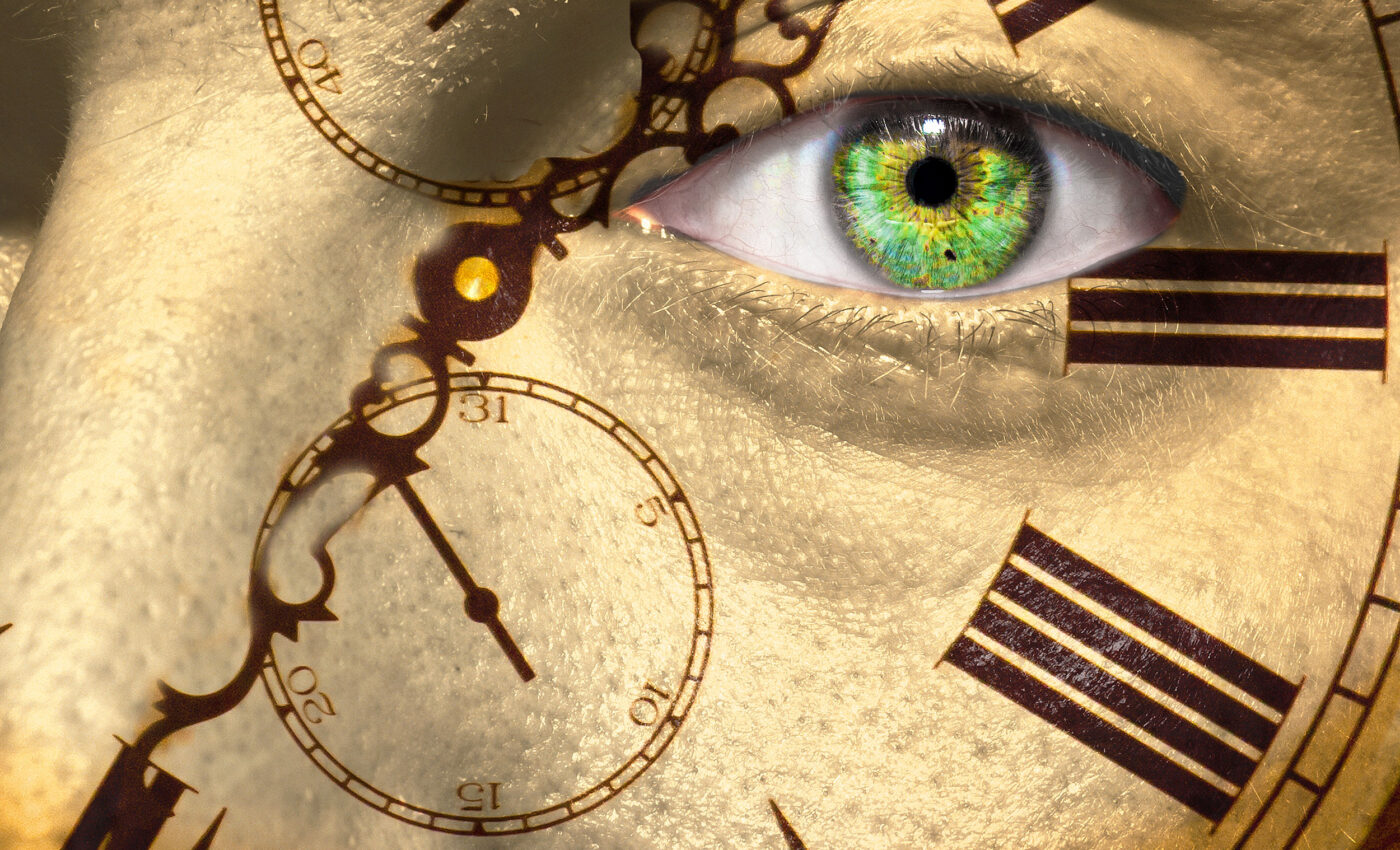
Color of light has no impact on our internal clocks or sleep patterns
Vision, a complex process, relies on the conversion of different wavelengths of light into electrical impulses that are decoded as colors and brightness in the brain.
Photoreceptors in the retina, known as cones, facilitate sharp, detailed, and colored vision under sufficient light.
On the other hand, rods contribute to vision in low light conditions, allowing us to distinguish different shades of gray but with less precision.
The electrical impulses are then transmitted to ganglion cells in the retina and further processed by the visual cortex in the brain, resulting in the perception of a colored image.
Light color and impact on sleep
It’s important to note that ambient light not only enables us to see, it also influences our sleep cycle and circadian rhythm.
Specialized ganglion cells, like the cones and rods, are sensitive to light and react strongly to short-wavelength light at around 490 nanometers.
When exposed to light consisting solely of short wavelengths between 440 and 490 nanometers, we perceive it as blue.
If such light activates the ganglion cells, they signal to the internal clock that it is daytime. The intensity of the light per wavelength becomes the decisive factor, rather than the perceived color.
Rods, cones, and colors
Dr. Christine Blume from the Centre for Chronobiology of the University of Basel, who investigates the effects of light on humans, raises the question of whether the cones and, consequently, the color of light also influence the internal clock.
“The light-sensitive ganglion cells also receive information from the cones. This raises the question of whether the cones, and thereby the light colour, also influence the internal clock,” Dr. Blume explains.
“After all, the most striking changes in brightness and light color occur at sunrise and sunset, marking the beginning and end of a day,” says Blume.
In a 2019 study conducted on mice, it was suggested that yellowish light has a stronger influence on the internal clock than blueish light. However, in humans, the main effect of light on the internal clock and sleep is likely mediated via the light-sensitive ganglion cells.
Dr. Blume adds, “There is reason to believe that the color of light, which is encoded by the cones, could also be relevant for the internal clock.”
Studying the effects of light color
To uncover the truth behind these hypotheses, the research team exposed 16 healthy volunteers to blueish or yellowish light stimuli for one hour in the late evening. A white light stimulus was included as a control condition.
The light stimuli were carefully designed to differentially activate the color-sensitive cones in the retina, while the stimulation of the light-sensitive ganglion cells remained consistent across all three conditions. This allowed the researchers to isolate the specific effects of color on the internal clock and sleep.
“This method of light stimulation allows us to separate the light properties that may play a role in how light effects humans in a clean experimental way,” says Manuel Spitschan, Professor of Chronobiology and Health at the Technical University of Munich, who was also involved in the study.
In the sleep laboratory, the researchers assessed whether the color of the light had an impact on the participants’ internal clocks.
They also evaluated the time it took for the volunteers to fall asleep, the depth of their sleep at the beginning of the night, their reported tiredness, and their ability to react, which naturally declines as sleepiness increases.
Findings on light color, sleep and internal clocks
The results of the study indicate that the variation of light color, along a blue-yellow dimension, plays no relevant role in the human internal clock or sleep. This contradicts the results of the mouse study mentioned above.
“We found no evidence that the variation of light color along a blue-yellow dimension plays a relevant role for the human internal clock or sleep,” says Dr. Blume.
“Rather, our results support the findings of many other studies that the light-sensitive ganglion cells are most important for the human internal clock,” says the scientist.
Manuel Spitschan believes that this study contributes to bridging the gap between basic research and practical applications.
He remarks, “Our findings show that it is probably most important to take into account the effect of light on the light-sensitive ganglion cells when planning and designing lighting. The cones and therefore the color play a very subordinate role.”
“Blue light” implications and future research
It remains to be examined whether the color of light has no effect on sleep under altered parameters, such as prolonged light exposure or varying time frames. Follow-up studies are needed to address these questions and provide further insights into the relationship between light color, the internal clock, and sleep.
Experts frequently advise that the short-wavelength “blue light” emitted by smartphones and tablets disrupts our biological rhythms and sleep patterns.
As a result, using these devices early in the evening or enabling their night shift mode, which diminishes short-wavelength light and imparts a yellowish tint, is recommended.
However, Dr. Blume notes that this yellowish adjustment is an unnecessary by-product. “Technologically, we can reduce the short-wavelength light in these displays without altering the color, but commercial mobile phones have yet to adopt this approach,” she explains.
In summary, this study dispels the myth surrounding the influence of light color on the human internal clock and sleep. While light-sensitive ganglion cells play a significant role, the color of light, as encoded by cones, is less relevant.
As future research delves deeper into this subject, it is crucial to recognize the pivotal role of light-sensitive ganglion cells in designing lighting solutions that promote healthy sleep patterns and support overall well-being.
The full study was published in the journal Nature Human Behavior.
—–
Like what you read? Subscribe to our newsletter for engaging articles, exclusive content, and the latest updates.
Check us out on EarthSnap, a free app brought to you by Eric Ralls and Earth.com.
—–













